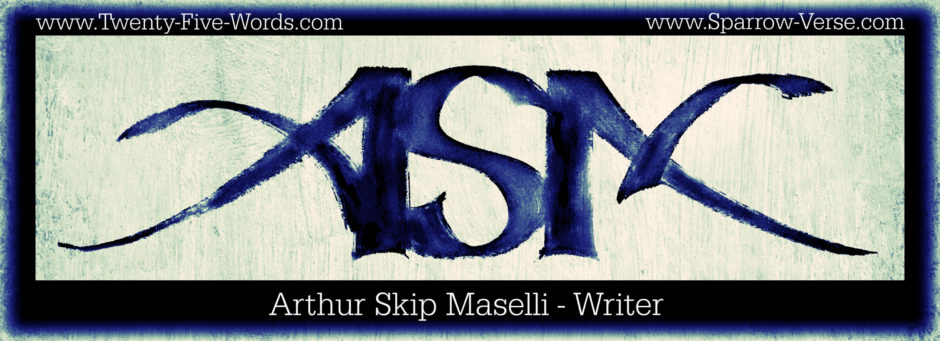
(Day 9 of the Ramadan Riding series)
1. There is No Bike Path, but One Bike Path.
There is no path, but one path, no matter which direction you go or how many trails you ride – even across separate days, it’s still the one path; I call it “the Ride.” The bike, the rider, the pavement below the wheels are all one, and the “true” rider is the mystic within us, not simply the “body” in the seat. During the ride the heart of the mystic speaks to the mind and body of the rider; it is a voice within a voice and if we are not aware of it, the ride becomes miserable. It is best to set and harken one’s intention at the beginning of the ride, that we are alone and one with the bike and the path. This is necessary for clarity, simplicity, and comfort during the pain of pedaling, for there is a difference between pain and discomfort. There is no ride if we are only pedaling.
…
2. Riding is Prayer and Meditation.
Riding is quintessentially a fluid journey through long periods of reverent silence along a straight line. The mind is free to wander, yet there are things we must do on the bike to keep our course and tempo; and then there are those things we must do on the ride “itself.” This is where the mind must speak to the heart and holds faith that the heart guides the mind’s will through the cycles of pain and ease. Pain is a poor guide for how well we are biking. There is a joy in submitting to the ride itself and this joy is the guide. At the height of an experience on the ride, there is a voice that speaks to us, whom we also speak to. It is a mistaken duality – we can “speak to be heard” and “be silent to hear” at the same time. Riding is a conversation with the true self.
…
3. Biking is Giving
If I pull over during my ride, another passing rider inevitably asks, “You okay?” I’ve seen many riders pause his ride, dismount his bike, and provide his last spare tire and assistance to another in need; this is what allows the giver to know that if he is ever in trouble himself, another rider will help him. In a cycling group, one rider will take the place as the lead rider, when the leader becomes weary. It is far easier to stay back in the pack, than lead; in this sense, leading is giving and giving is leading. At the Tour de France, second place Jan Ulrich passed Lance Armstrong after Armstrong fell due to a careless spectator. Instead of racing ahead, Ulrich waited for Armstrong to dust himself off and get back on the bike. Ulrich eventually lost the race – but did he lose the ride? Giving is honoring.
…
4. Riders are Spiritually Sated by Their Bodily Thirst
Riders get hungry, tired, and uncomfortable. In fact, there is seldom a true ride where this isn’t the case. In fact, we signed up for it when we got on the bike. This is what differentiates the rider-body from the rider-mystic! We become better under hardship and so the ride grows easier. The experience of moving along a trail in a sense of “time and speed induced impoverishment” creates ecstatic states as the body and mind submit to the heart and to the senses beyond our senses. A weary rider is stripped of his guard and becomes ultimately vulnerable but ironically empowered; and if he completes the ride, becomes the euphoric mystic. Spirit is nourishment for a hungering rider.
…
5. Every Biker is a Pilgrim
As all paths are one, so every ride I take is the same as that taken by all who have gone before, or who will go after. The lush W&OD trail has always been here in Virginia – even as I was riding through the parched deserts of Arizona. What makes these the same is that each is a journey “inward” to the shrine of the heart of the “true rider.” Be clear that the ride out is the same as the ride in… each turn of the crank is an affirmation. Reverence to our own ride as “that of a lifetime” is the act of perfecting ourselves as true riders. The “behavior of the rider” is what moves the bike – it is well beyond “body and bike mechanics.” The ride leads back to It-self as the self began – the Ride is a circle.
Like this:
Like Loading...







